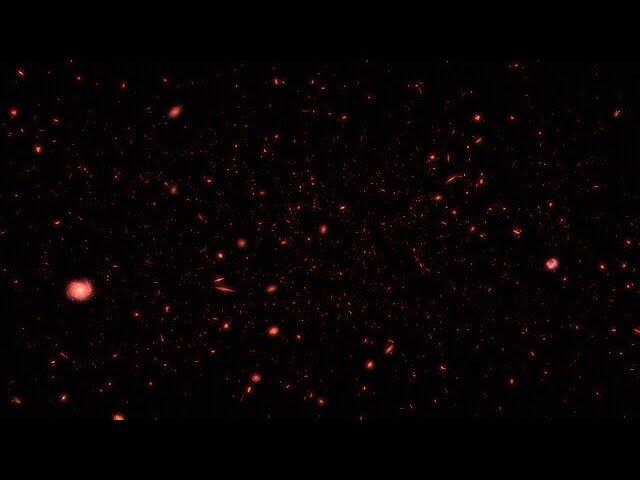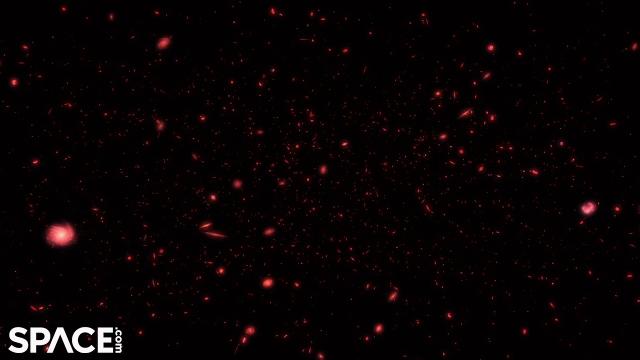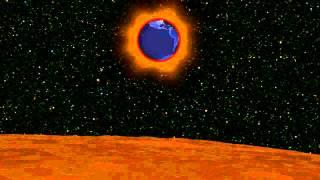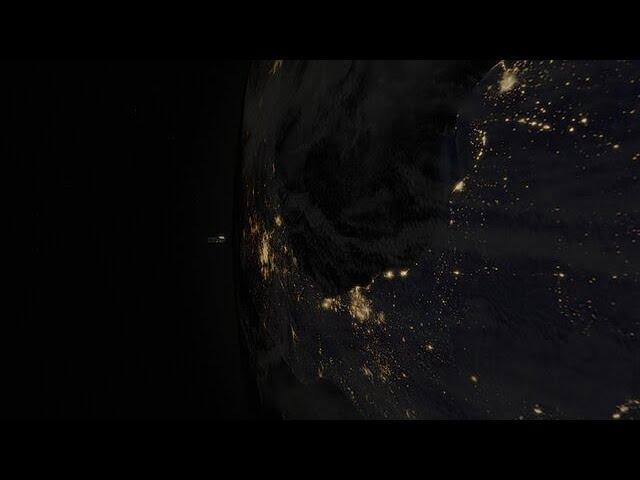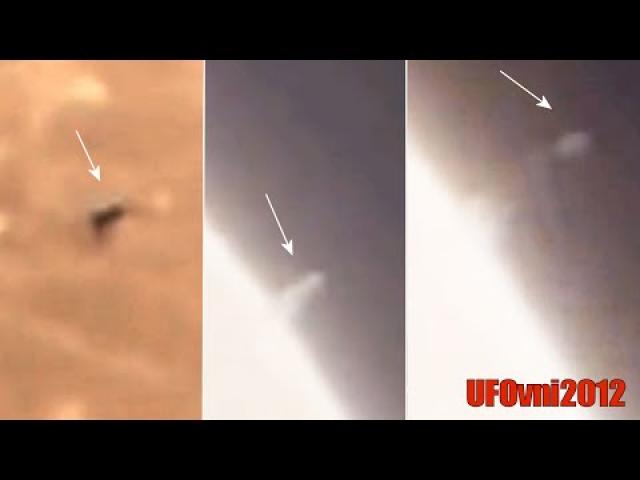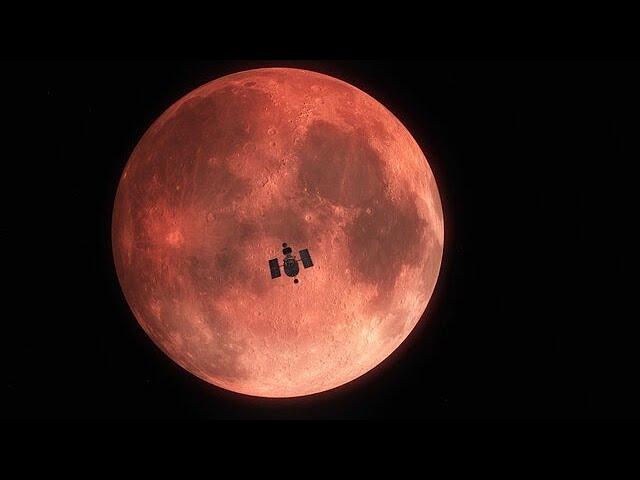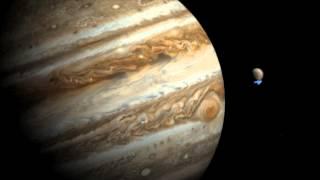Hubble Observes the Total Lunar Eclipse (Artist’s Impression)
Description
Taking advantage of a total lunar eclipse in January 2019, astronomers using the NASA/ESA Hubble Space Telescope have measured the amount of ozone in Earth’s atmosphere. This method serves as a proxy for how they will observe earthlike planets around other stars in search of life.
Our planet’s perfect alignment with the Sun and Moon during a total lunar eclipse mimics the geometry of a transiting terrestrial planet in front of its star. In a new study, Hubble did not look at Earth directly. Instead, astronomers used the Moon as a mirror to reflect the sunlight, which was then captured by Hubble.
This is the first time ultraviolet light passing through Earth’s atmosphere was observed from space and the first time a total lunar eclipse was captured from a space telescope.
More information and download options: http://www.spacetelescope.org/videos/heic2013c/
Credit:
ESA/Hubble, M. Kornmesser

